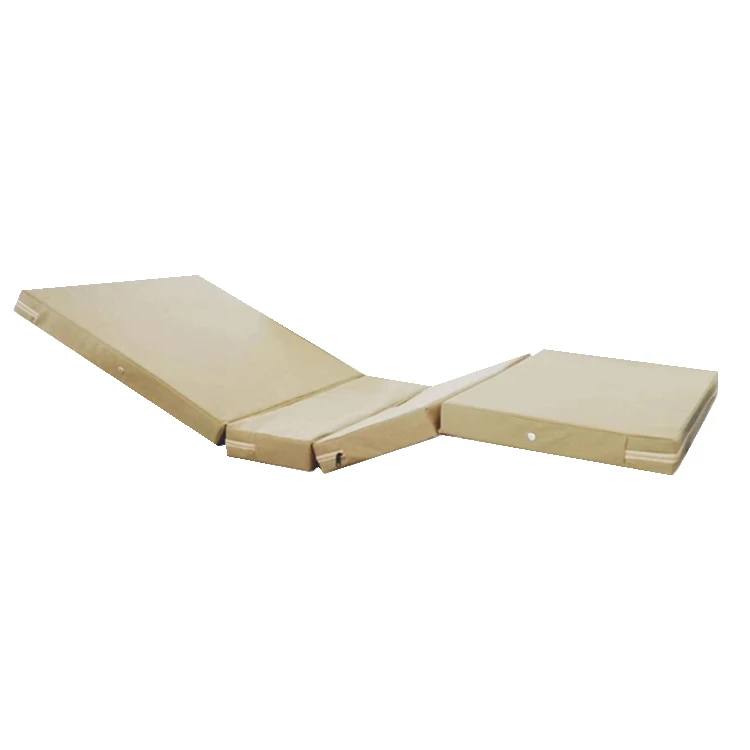medical bed positions product
Understanding Medical Bed Positions Enhancing Patient Comfort and Care
In the realm of healthcare, the comfort and well-being of patients are paramount. One of the critical elements that contribute to patient care is the positioning of medical beds. Medical beds are not just pieces of furniture; they are sophisticated equipment designed to assist patients in achieving optimal comfort, reducing the risk of complications, and enhancing their overall recovery experience. This article delves into the various positions of medical beds, their significance, and how they cater to the diverse needs of patients.
The Importance of Medical Bed Positions
Medical bed positions play a vital role in patient management. They aid in reducing the chance of pressure ulcers, facilitate better circulation, and allow for effective respiratory function. Additionally, the correct positioning can help with digestion and alleviate pain associated with certain medical conditions. For healthcare providers, understanding the various adjustable positions of medical beds is crucial for delivering tailored care based on individual patient needs.
Common Medical Bed Positions
1. Fowler's Position In this arrangement, the patient's upper body is elevated between 45 and 60 degrees. This position is particularly beneficial for patients with respiratory issues, as it promotes lung expansion. It is also commonly used during feeding and allows for a comfortable position for both patients and caregivers.
2. Supine Position Here, the patient is lying flat on their back. It is often used for a variety of examinations, procedures, and comfort when the patient is resting or recovering. However, prolonged periods in this position can increase the risk of pressure sores, requiring regular repositioning.
3. Prone Position In the prone position, the patient lies face down. This is particularly useful for specific medical conditions such as acute respiratory distress syndrome (ARDS). It aids in improving oxygenation and promotes lung function by allowing better drainage of secretions.
4. Lateral Position This position involves the patient lying on their side and can be crucial for those who have difficulty lying flat. It can help in reducing pressure on the back and facilitate better drainage for patients with respiratory issues.
medical bed positions product

5. Trendelenburg Position In this position, the bed is tilted with the patient's head lower than their feet. It is often used in emergency situations to promote blood flow to vital organs and can be advantageous in treating shock.
6. Reverse Trendelenburg Position Conversely, in this arrangement, the head is elevated, and the feet are lowered. This position may aid in reducing pressure on the abdomen and is often used in surgical procedures involving the upper body.
Ergonomics and Bed Adjustability
Modern medical beds are designed with advanced ergonomic features that support various positions. They typically include electric or manual adjustments, allowing healthcare providers to modify the bed's height and angle effortlessly. The integration of removable side rails, mattress overlays, and pressure-relieving cushions further enhances patient comfort and safety.
Moreover, adjustable beds not only ensure the patient's comfort but also ease the physical strain on caregivers. With the ability to raise or lower the bed to a safe working height, caregivers can perform tasks such as bathing, feeding, and changing linens with minimal risk of injury.
Conclusion
The significance of medical bed positions cannot be overstated. They are integral in promoting patient comfort, facilitating effective care, and ultimately improving health outcomes. Healthcare providers must be well-versed in the various positions and their benefits to provide individualized care that meets the unique needs of each patient.
As technology continues to advance, we can expect even more innovative features in medical beds that enhance their functionality. Ultimately, the goal remains clear to foster an environment where patients can heal comfortably and efficiently, enabling quicker recoveries and enhanced quality of life. Understanding and utilizing the right medical bed positions is a fundamental aspect of achieving this objective in any healthcare setting.
-
Mattresses Designed for Back Pain ReliefNewsAug.08,2025
-
Innovative Wave Mattresses for Ultimate ComfortNewsAug.08,2025
-
High-Quality Mattresses for Hospital BedsNewsAug.08,2025
-
High-Quality Mattresses for Every NeedNewsAug.08,2025
-
Healthcare Foam Mattress: Sleep Better, Heal FasterNewsAug.08,2025
-
Cube Mattress for Daily ComfortNewsAug.08,2025
-
How Hospital Mattress Choices Directly Impact Patient Comfort and CareNewsAug.05,2025

